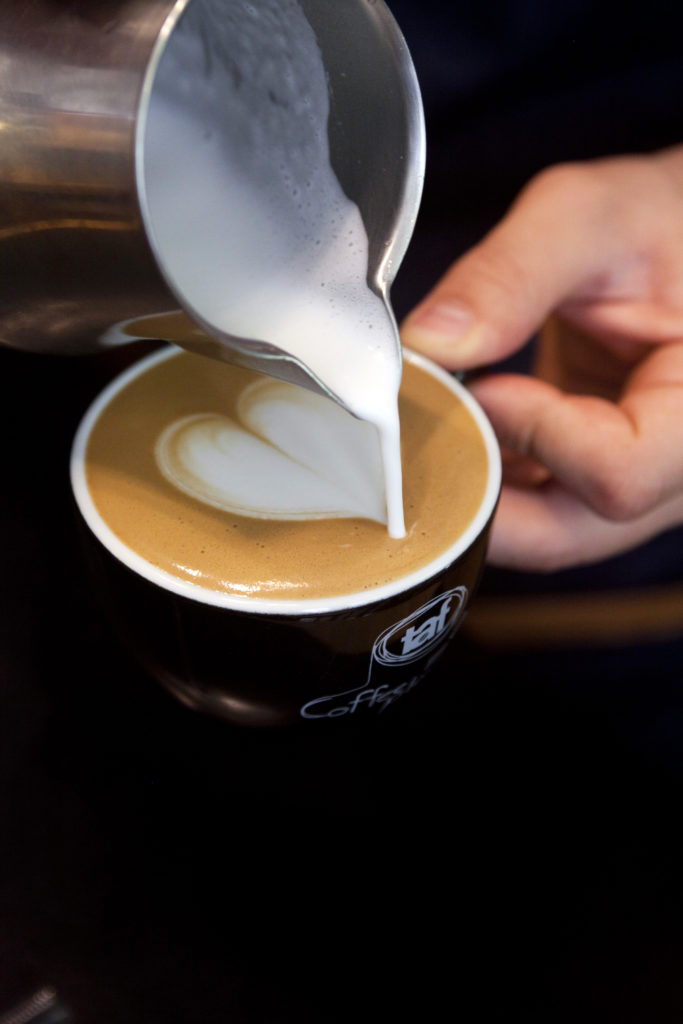Αrabica και Robusta
Arabica and Robusta There are two types of coffee, Arabica and Robusta. The Arabica varieties are known for their premium quality and their distinct aroma. The Arabica fruit is relatively large, elongated and has a flat shape. The best Arabica varieties come from Latin America and Africa. The Robusta varieties present less aromatic properties but are more resistant to diseases and can produce large quantities. The Robusta fruit is round, dense and shorter than the Arabica fruit. Robusta varieties can be found in Africa and India.
Types of Arabica coffee
There are several types of Arabica coffee such as Typica, Bourbon, Caturra, Catuai, Mundo Novo, Maragogype, Pacamara, Pacas, Catimor and Geisha. More information regarding these Arabica varieties you can find in the section coffee of the website.
Caffeine effects
Caffeine can be found in products such as coffee, cocoa and tea. Its effects depend on numerous factors such as the amount of caffeine per cup, the preparation of the drink, the coffee origin etc. In general, the consumption of 1-3 cups of coffee per day increases the alertness and helps the human body to maintain the satisfactory energy levels.
In one espresso shot 7,5 gr (25ml), the amount of caffeine is 60-90mlg.


